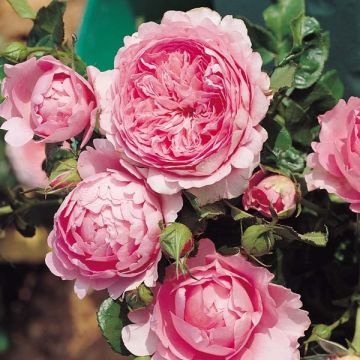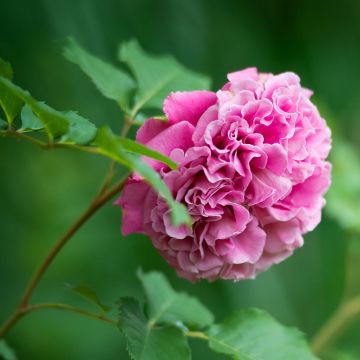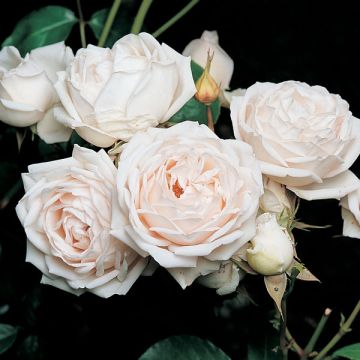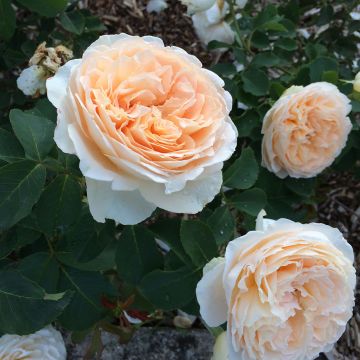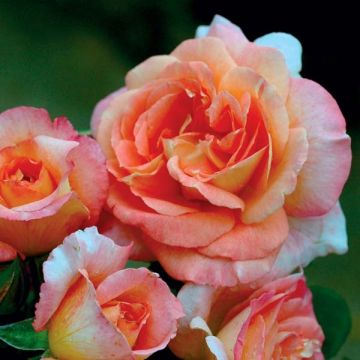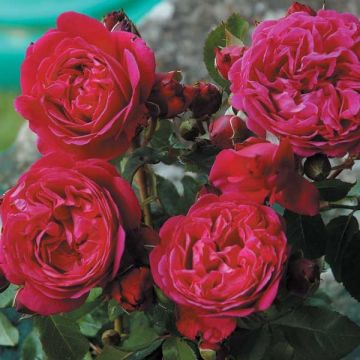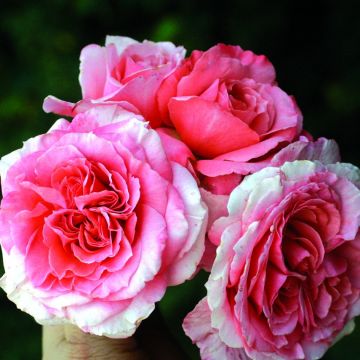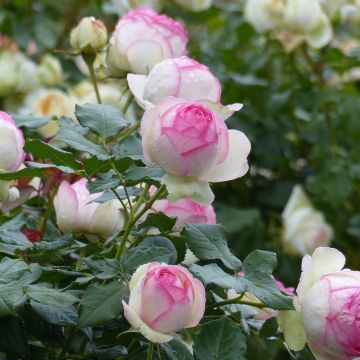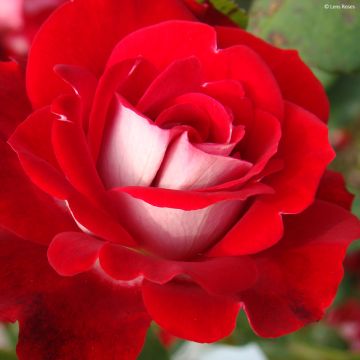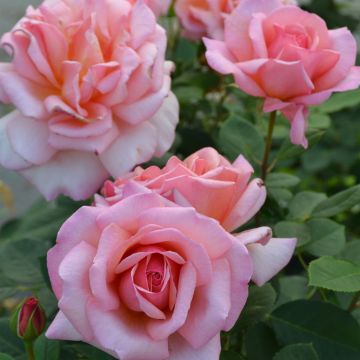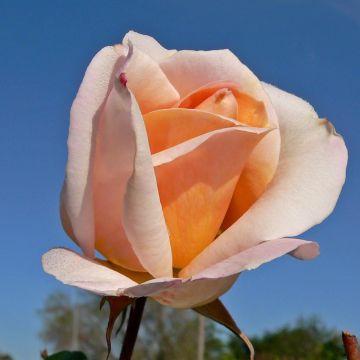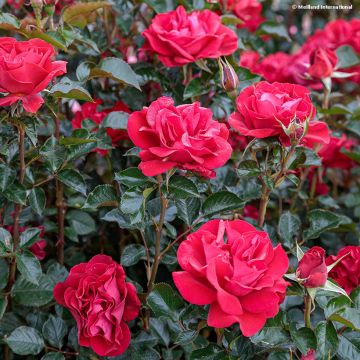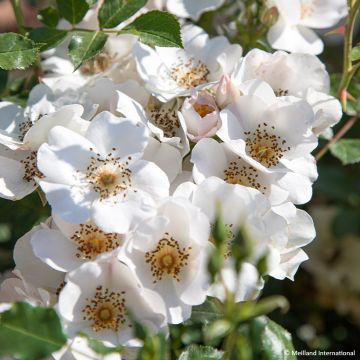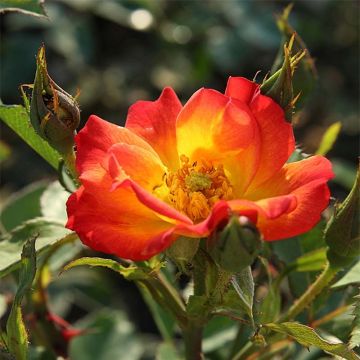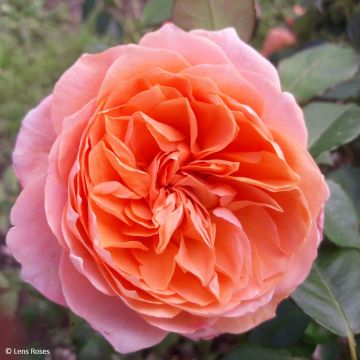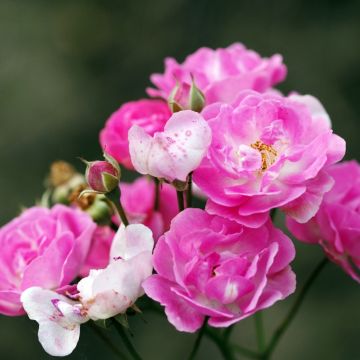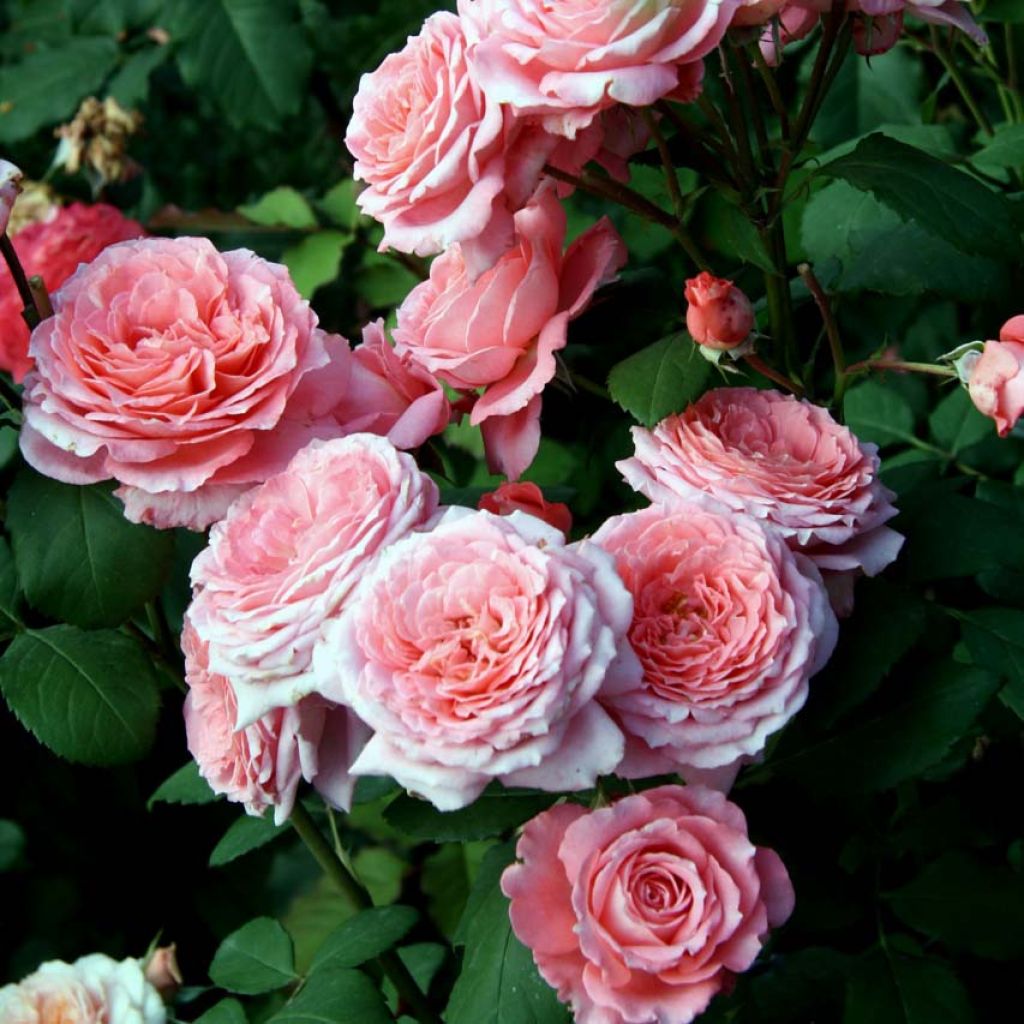

Rosa Generosa - 'Institut Lumière'
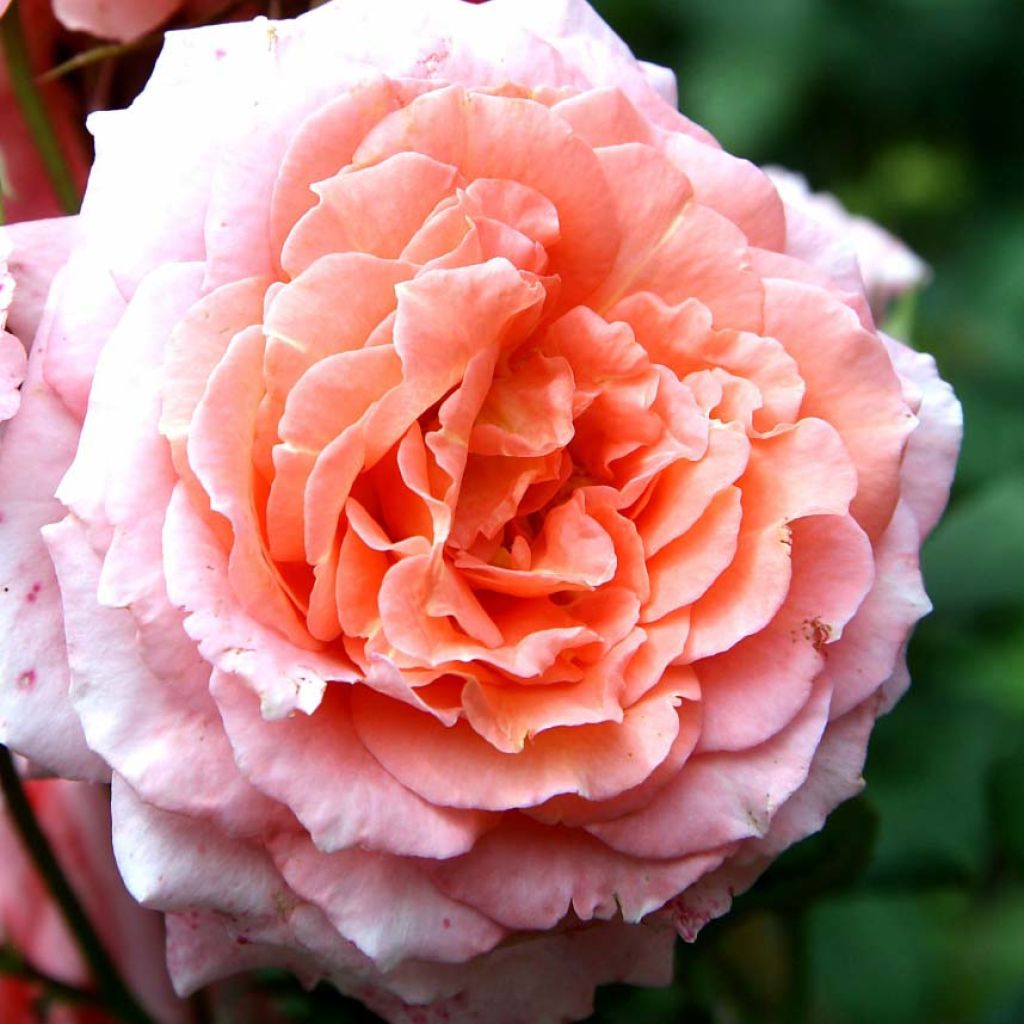

Rosa Generosa - 'Institut Lumière'
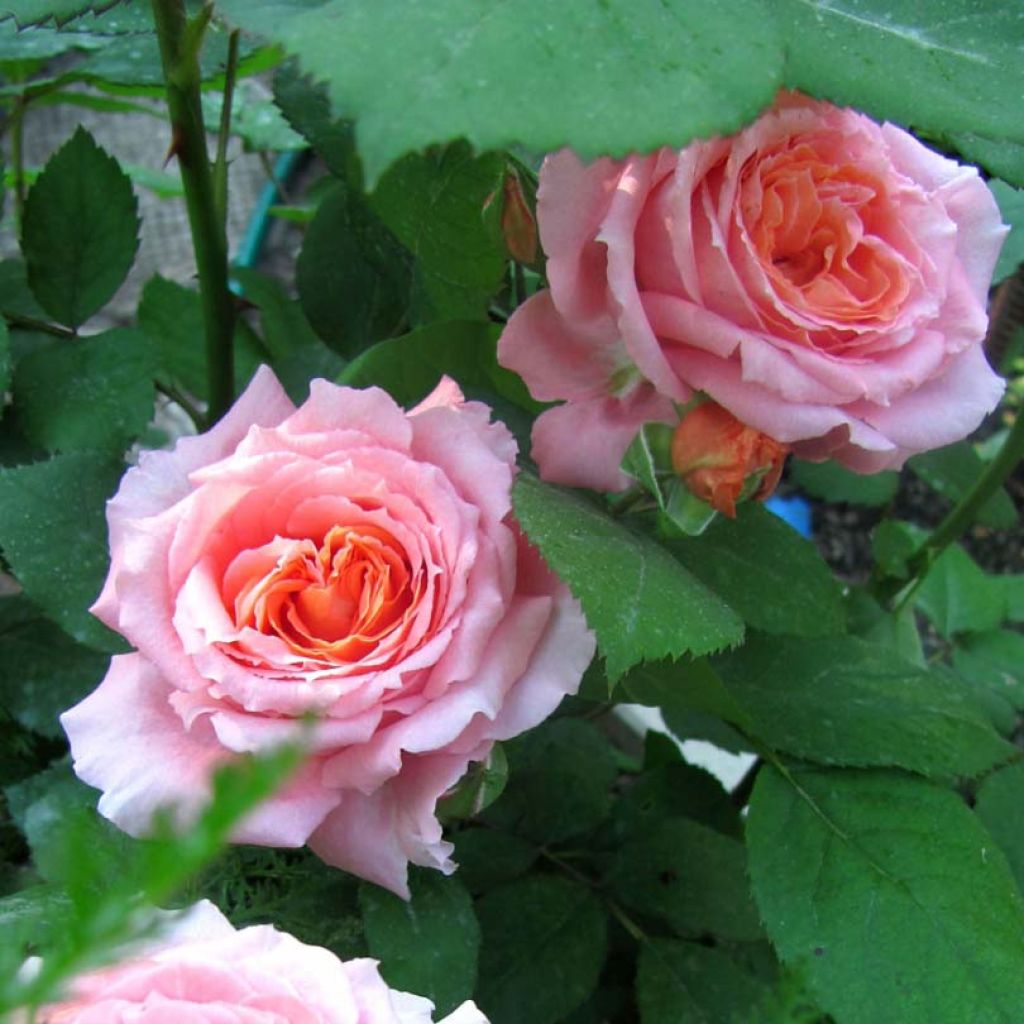

Rosa Generosa - 'Institut Lumière'
Rosa Generosa - 'Institut Lumière'
Rosa Generosa® Institut Lumière® 'Masinlum'
Masinlum
This item cannot be shipped to the selected country
Delivery charge from €5.90
Delivery charge from €5.90
Delivery to Corse prohibited
More information
Schedule delivery date,
and select date in basket
This plant carries a 24 months recovery warranty
More information
We guarantee the quality of our plants for a full growing cycle, and will replace at our expense any plant that fails to recover under normal climatic and planting conditions.
From €5.90 for pickup delivery and €6.90 for home delivery
Express home delivery from €8.90.
From €5.90 for pickup delivery and €6.90 for home delivery
Express home delivery from €8.90.
Delivery to Corse prohibited: UE law prohibits the import of this plant from mainland France to Corse as part of the fight against Xylella fastidiosa. Please accept our sincere apologies.
More information
Does this plant fit my garden?
Set up your Plantfit profile →
Description
The Generosa Rose Bush 'Institut Lumière' offers a particularly successful chromatic combination between the deep orange pink of its large double roses and its dark green foliage. Elegant, the flowers are also delicately and very pleasantly scented. They bloom abundantly from summer to autumn on a massive bush with the vigour of modern roses.
Generosa roses are modern (even ultra-modern) with the look of old-fashioned roses. They combine the charm of antique roses with the robustness, surprising colours, and long flowering of modern roses.
The Generosa 'Institut Lumière' Rose is a bush rose with a rounded habit. It will reach about 1m (3ft) in all directions when fully grown. Flowering begins in May-June and continues until the arrival of frost. The plant produces countless buds gathered in generous clusters. Dark salmon pink in color, they open into wide cups of 9 cm (4in). The flowers are double, with neatly arranged spiralled petals at the centre. Their colour is a gradient of deep salmon pink in the centre to pale pink at the edges, and they emit a very pleasant fragrance of medium intensity. The foliage is abundant, healthy, and deciduous, with a matte dark green colour, and requires little maintenance. This bush is very hardy.
The 'Institut Lumière' Rose is an accomplished variety, but also brilliant and slightly melancholic, with many qualities: floribunda, the shape of the flowers, colours, fragrance, etc. If you have enough space, it should be planted in large borders or monochrome beds. Some perennial plants and grasses are ideal for enhancing its beauty and accompanying it late in the season. Pair it with Geranium psilostemon, shrubby salvias, magenta or white lychnis, Panicum, Miscanthus Ghana, or Nepeta Walker's Low. It will look good when isolated and surrounded by grey foliage. Its flowers make cheerful bouquets surrounded by dark green foliage and small white chamomiles.
Botanical name: Rosa Generosa 'Institut Lumière' - Bred by Guillot (Massad) 2003.
Varietal name: MASINLUM
Report an error about the product description
Rosa Generosa - 'Institut Lumière' in pictures
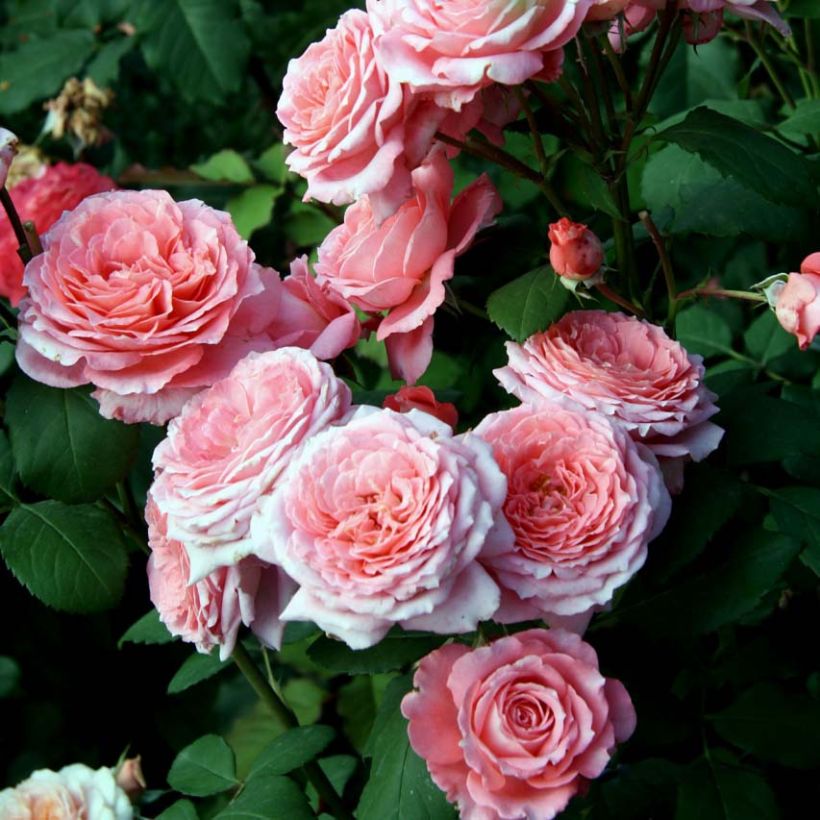

Plant habit
Flowering
Foliage
Botanical data
Rosa
Generosa®
Institut Lumière® 'Masinlum'
Rosaceae
Masinlum
Cultivar or hybrid
Rosa multiflora (4L/5L pot, Wrapped bare root)
Other Guillot Generosa Roses
Planting and care
Rose bushes need sunlight for 4-5 hours every day, but it's best to protect them from the strong sun and wind. They grow best in loose, permeable soil that is rich in humus. The soil should be well-cultivated and rich enough, but they can also grow in any type of soil.
If you're planting them in a pot, loosen the soil to a depth of 10 inches and add a base amendment like blood, fish and bone at the bottom of the planting hole. Position the plant and cover the top of the root ball with 1 inch of soil. Fill in the hole, press down the soil, and water generously to eliminate air pockets. Water regularly during dry weather for a few weeks to help the roots develop. Use special rose fertilisers to promote flowering.
Roses may develop unsightly spots at the end of summer, but this is a natural occurrence and doesn't harm the rose's growth.
Planting period
Intended location
Care
This item has not been reviewed yet - be the first to leave a review about it.
Roses by producer
Haven't found what you were looking for?
Hardiness is the lowest winter temperature a plant can endure without suffering serious damage or even dying. However, hardiness is affected by location (a sheltered area, such as a patio), protection (winter cover) and soil type (hardiness is improved by well-drained soil).

Photo Sharing Terms & Conditions
In order to encourage gardeners to interact and share their experiences, Promesse de fleurs offers various media enabling content to be uploaded onto its Site - in particular via the ‘Photo sharing’ module.
The User agrees to refrain from:
- Posting any content that is illegal, prejudicial, insulting, racist, inciteful to hatred, revisionist, contrary to public decency, that infringes on privacy or on the privacy rights of third parties, in particular the publicity rights of persons and goods, intellectual property rights, or the right to privacy.
- Submitting content on behalf of a third party;
- Impersonate the identity of a third party and/or publish any personal information about a third party;
In general, the User undertakes to refrain from any unethical behaviour.
All Content (in particular text, comments, files, images, photos, videos, creative works, etc.), which may be subject to property or intellectual property rights, image or other private rights, shall remain the property of the User, subject to the limited rights granted by the terms of the licence granted by Promesse de fleurs as stated below. Users are at liberty to publish or not to publish such Content on the Site, notably via the ‘Photo Sharing’ facility, and accept that this Content shall be made public and freely accessible, notably on the Internet.
Users further acknowledge, undertake to have ,and guarantee that they hold all necessary rights and permissions to publish such material on the Site, in particular with regard to the legislation in force pertaining to any privacy, property, intellectual property, image, or contractual rights, or rights of any other nature. By publishing such Content on the Site, Users acknowledge accepting full liability as publishers of the Content within the meaning of the law, and grant Promesse de fleurs, free of charge, an inclusive, worldwide licence for the said Content for the entire duration of its publication, including all reproduction, representation, up/downloading, displaying, performing, transmission, and storage rights.
Users also grant permission for their name to be linked to the Content and accept that this link may not always be made available.
By engaging in posting material, Users consent to their Content becoming automatically accessible on the Internet, in particular on other sites and/or blogs and/or web pages of the Promesse de fleurs site, including in particular social pages and the Promesse de fleurs catalogue.
Users may secure the removal of entrusted content free of charge by issuing a simple request via our contact form.
The flowering period indicated on our website applies to countries and regions located in USDA zone 8 (France, the United Kingdom, Ireland, the Netherlands, etc.)
It will vary according to where you live:
- In zones 9 to 10 (Italy, Spain, Greece, etc.), flowering will occur about 2 to 4 weeks earlier.
- In zones 6 to 7 (Germany, Poland, Slovenia, and lower mountainous regions), flowering will be delayed by 2 to 3 weeks.
- In zone 5 (Central Europe, Scandinavia), blooming will be delayed by 3 to 5 weeks.
In temperate climates, pruning of spring-flowering shrubs (forsythia, spireas, etc.) should be done just after flowering.
Pruning of summer-flowering shrubs (Indian Lilac, Perovskia, etc.) can be done in winter or spring.
In cold regions as well as with frost-sensitive plants, avoid pruning too early when severe frosts may still occur.
The planting period indicated on our website applies to countries and regions located in USDA zone 8 (France, United Kingdom, Ireland, Netherlands).
It will vary according to where you live:
- In Mediterranean zones (Marseille, Madrid, Milan, etc.), autumn and winter are the best planting periods.
- In continental zones (Strasbourg, Munich, Vienna, etc.), delay planting by 2 to 3 weeks in spring and bring it forward by 2 to 4 weeks in autumn.
- In mountainous regions (the Alps, Pyrenees, Carpathians, etc.), it is best to plant in late spring (May-June) or late summer (August-September).
The harvesting period indicated on our website applies to countries and regions in USDA zone 8 (France, England, Ireland, the Netherlands).
In colder areas (Scandinavia, Poland, Austria...) fruit and vegetable harvests are likely to be delayed by 3-4 weeks.
In warmer areas (Italy, Spain, Greece, etc.), harvesting will probably take place earlier, depending on weather conditions.
The sowing periods indicated on our website apply to countries and regions within USDA Zone 8 (France, UK, Ireland, Netherlands).
In colder areas (Scandinavia, Poland, Austria...), delay any outdoor sowing by 3-4 weeks, or sow under glass.
In warmer climes (Italy, Spain, Greece, etc.), bring outdoor sowing forward by a few weeks.

































